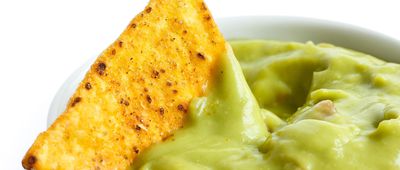Hardtack for Hard Times
Though rising food prices have dominated headlines for months now, by world historical standards food remains amazingly cheap and abundant. Here are some foods people of the past ate in times of hardship or scarcity — some which are tasty enough to still be worth eating today, and others that nobody would ever choose if they had any better options.
























